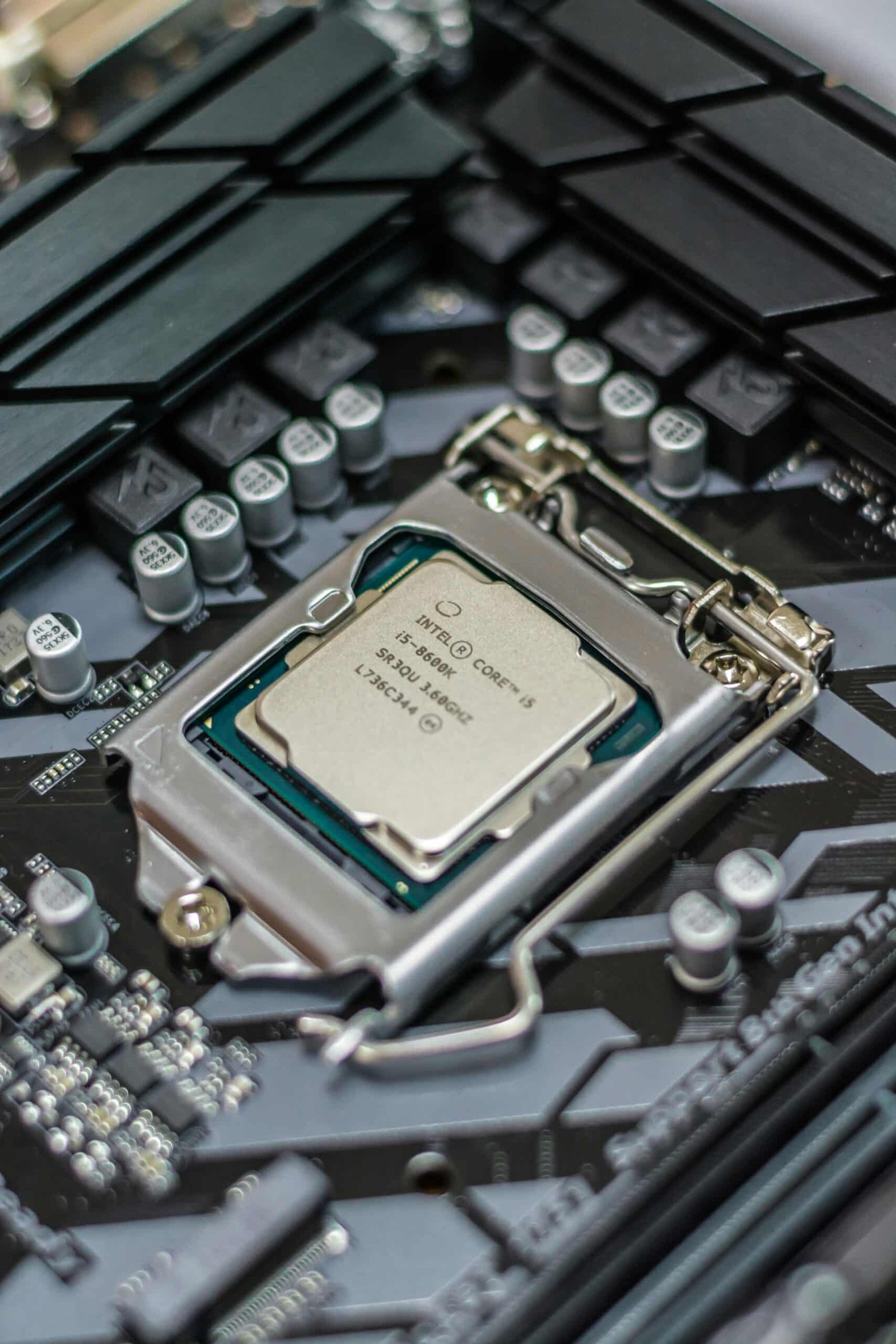Introduction
The world of technology is rapidly advancing, and with it, the need for faster and more reliable connectivity is increasing. The advent of 5G technology has brought about a paradigm shift in the way we communicate and connect with each other. In this blog post, we will delve into the exciting realm of 5G network expansion and explore how it enables faster and more reliable connectivity, revolutionizing various industries and enhancing our digital experiences.
Understanding the Power of 5G Technology

5G, the fifth generation of wireless technology, promises lightning-fast speeds, lower latency, and the ability to connect an unprecedented number of devices simultaneously. It operates on higher frequency bands, utilizing advanced technologies such as massive MIMO (Multiple Input Multiple Output) and beamforming to transmit and receive data more efficiently. These advancements lay the foundation for a remarkable improvement in connectivity.
Speed: Blazing-Fast Data Transfers
One of the primary advantages of 5G network expansion is its incredible speed. With download speeds of up to 10 gigabits per second (Gbps) and upload speeds of 1 Gbps, 5G networks surpass their predecessors by several magnitudes. This lightning-fast speed allows users to download large files, stream high-definition videos, and indulge in immersive gaming experiences without any lag or buffering.
Moreover, this increased speed paves the way for the proliferation of emerging technologies such as augmented reality (AR) and virtual reality (VR). From real-time 3D gaming to interactive remote learning experiences, 5G opens up a world of possibilities.
Latency: Real-Time Responsiveness
Low latency is another critical feature of 5G networks. Latency refers to the time it takes for data to travel from the sender to the receiver and back. With 5G, latency is significantly reduced, reaching as low as one millisecond (ms). This near-instantaneous responsiveness enables applications that require real-time interactions, such as autonomous vehicles, remote surgery, and smart city infrastructure.
Reduced latency also enhances the user experience in various other areas, including video conferencing, online gaming, and IoT (Internet of Things) devices. Imagine seamless, uninterrupted video calls, lag-free multiplayer gaming, and a connected ecosystem of smart devices that respond instantaneously to your commands.
Capacity: Supporting a Connected Future
The expansion of 5G networks brings about an exponential increase in network capacity. With the ability to handle massive amounts of data traffic, 5G technology can accommodate the growing demand for bandwidth-hungry applications and devices. This capacity expansion is crucial in an era where billions of devices are expected to be connected, including smartphones, wearables, IoT devices, and sensors.
The improved capacity of 5G networks also translates into a more reliable and consistent connection, even in densely populated areas and during peak usage times. Users can enjoy uninterrupted streaming, smooth browsing, and a seamless online experience.
Industries Transformed: Unlocking New Possibilities
The impact of 5G network expansion extends beyond personal connectivity; it has the potential to transform entire industries. Sectors such as healthcare, manufacturing, transportation, and entertainment are set to benefit immensely from the speed, low latency, and increased capacity offered by 5G.
Advantages:

FasterConnectivity:
Experience lightning-fast download and upload speeds, enabling seamless streaming, immersive gaming, and quick file transfers.
LowLatency:
Enjoy near-instantaneous responsiveness, enabling real-time interactions, improved video conferencing, lag-free gaming, and enhanced IoT device experiences.
HighCapacityNetworks:
Accommodate the growing demand for bandwidth-hungry applications and devices, ensuring a reliable and consistent connection even in densely populated areas.
Disadvantages:
infrastructure requirements:
5G network expansion necessitates significant infrastructure upgrades, which can be time-consuming and costly for service providers.
limited coverage:
While 5G networks are expanding rapidly, the coverage may still be limited in certain regions, potentially limiting access to its benefits.
CompatibilityChallenges:
Older devices may not be compatible with 5G technology, requiring users to upgrade their devices to fully utilize its capabilities.
For example
in healthcare, 5G enables remote patient monitoring, telemedicine, and the rapid transmission of medical data, enhancing the quality and accessibility of healthcare services. In manufacturing, 5G enables smart factories with real-time monitoring, automation, and predictive maintenance, leading to increased efficiency and productivity. Similarly, in transportation, 5G enables connected cars, smart traffic management systems, and enhanced vehicle-to-vehicle communication, making roads safer and reducing
read more: http://truereviewmagazine.com










